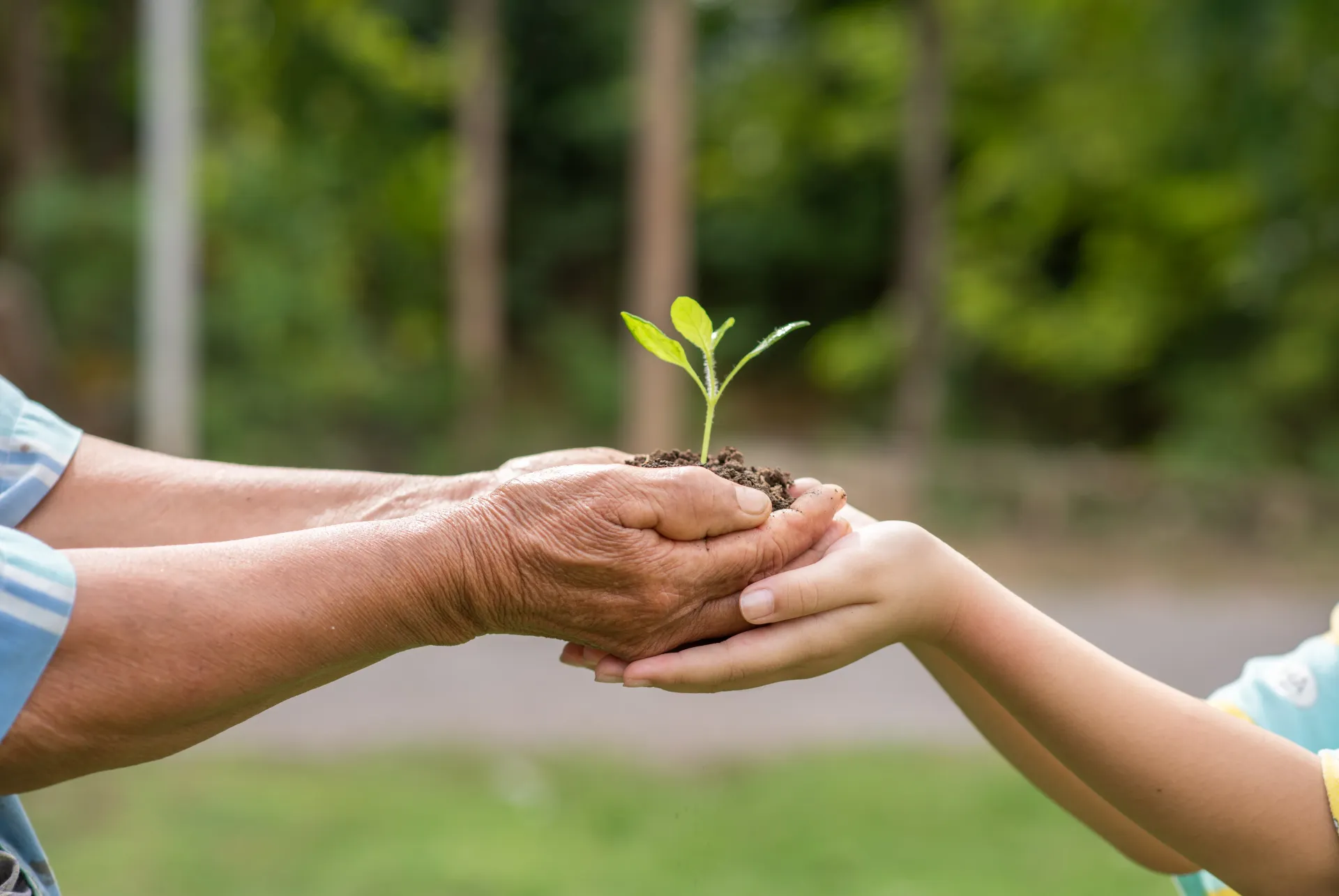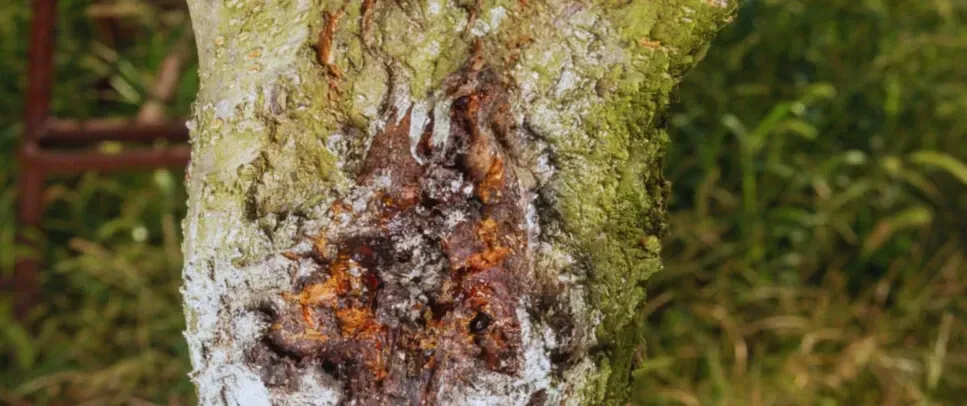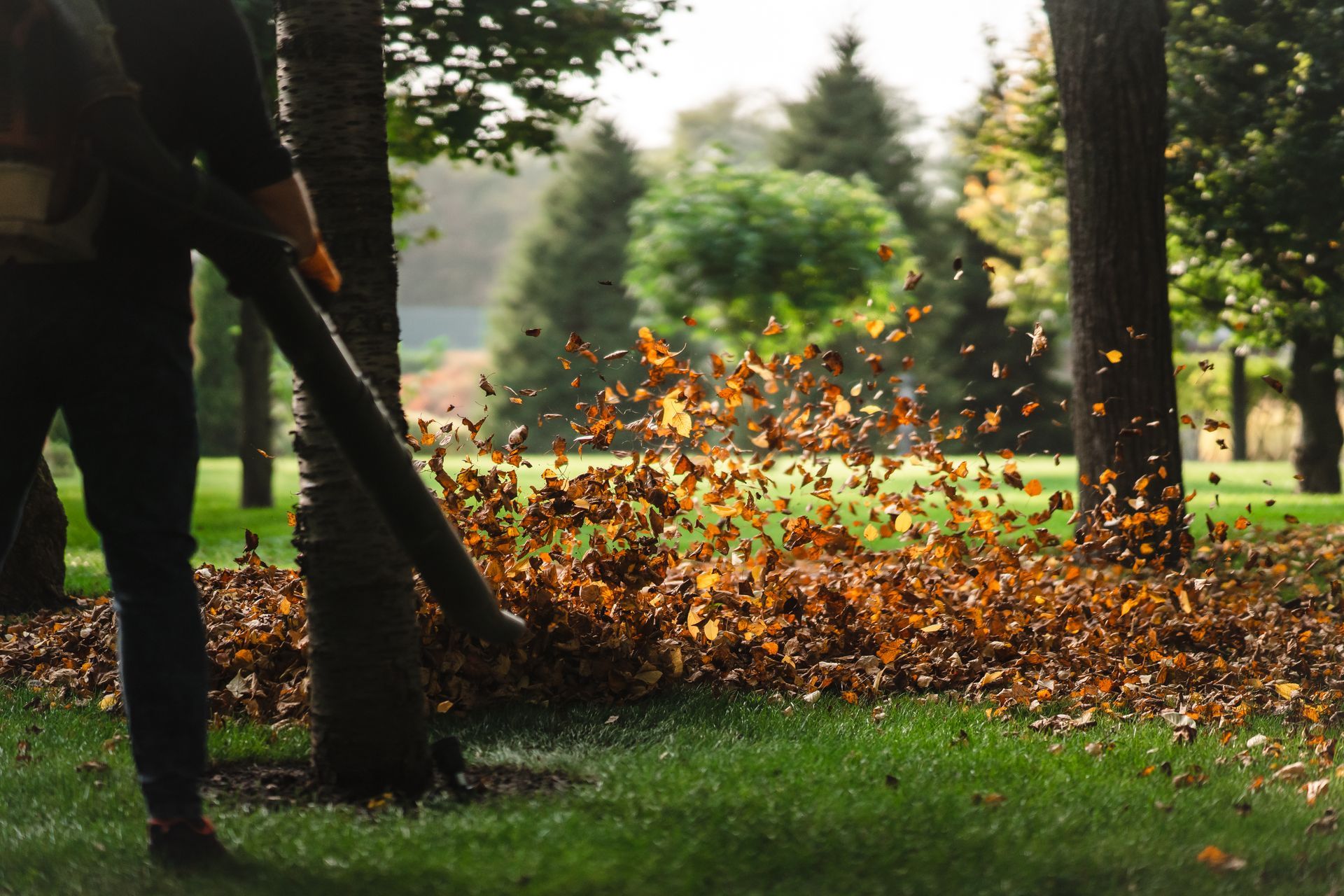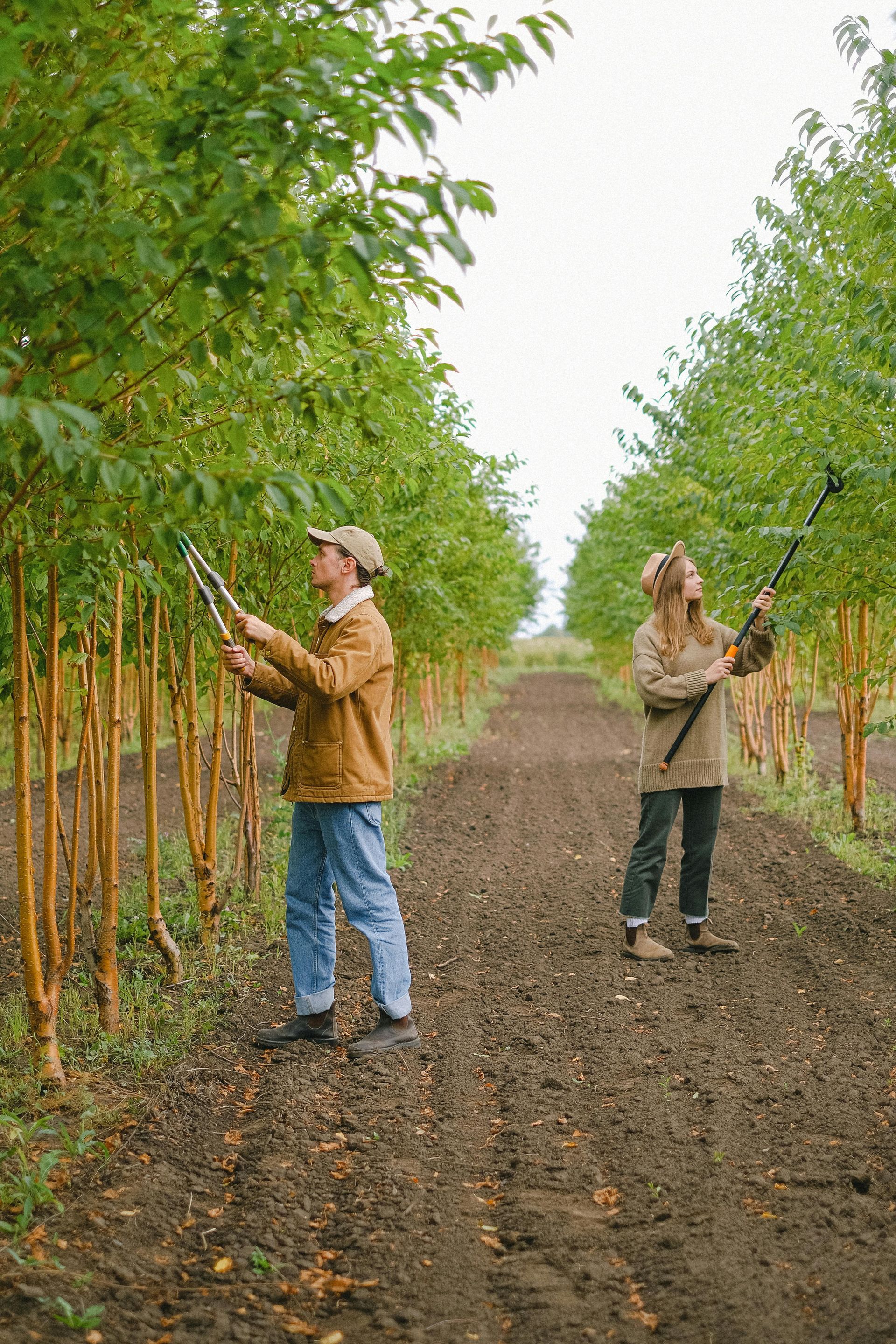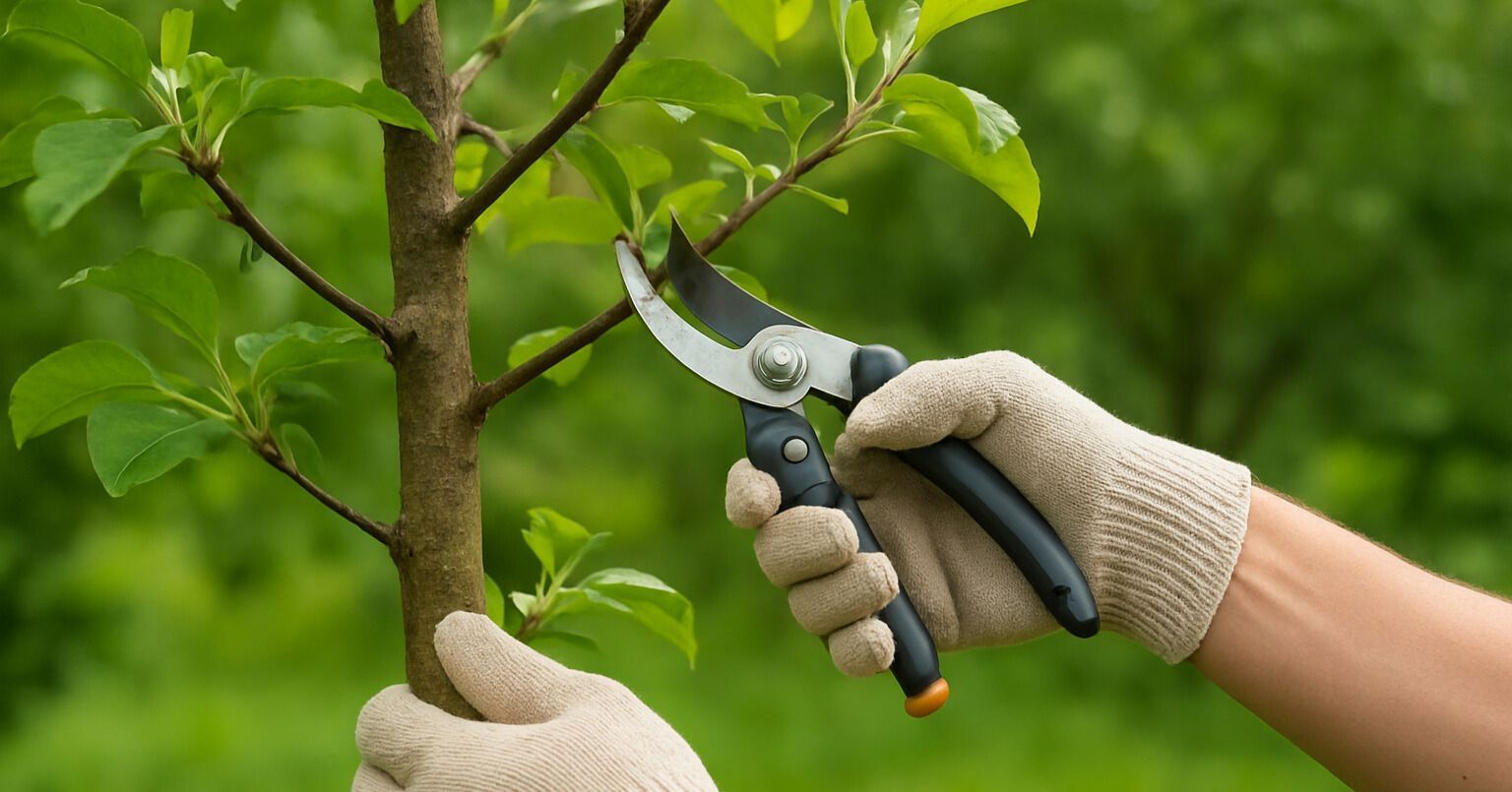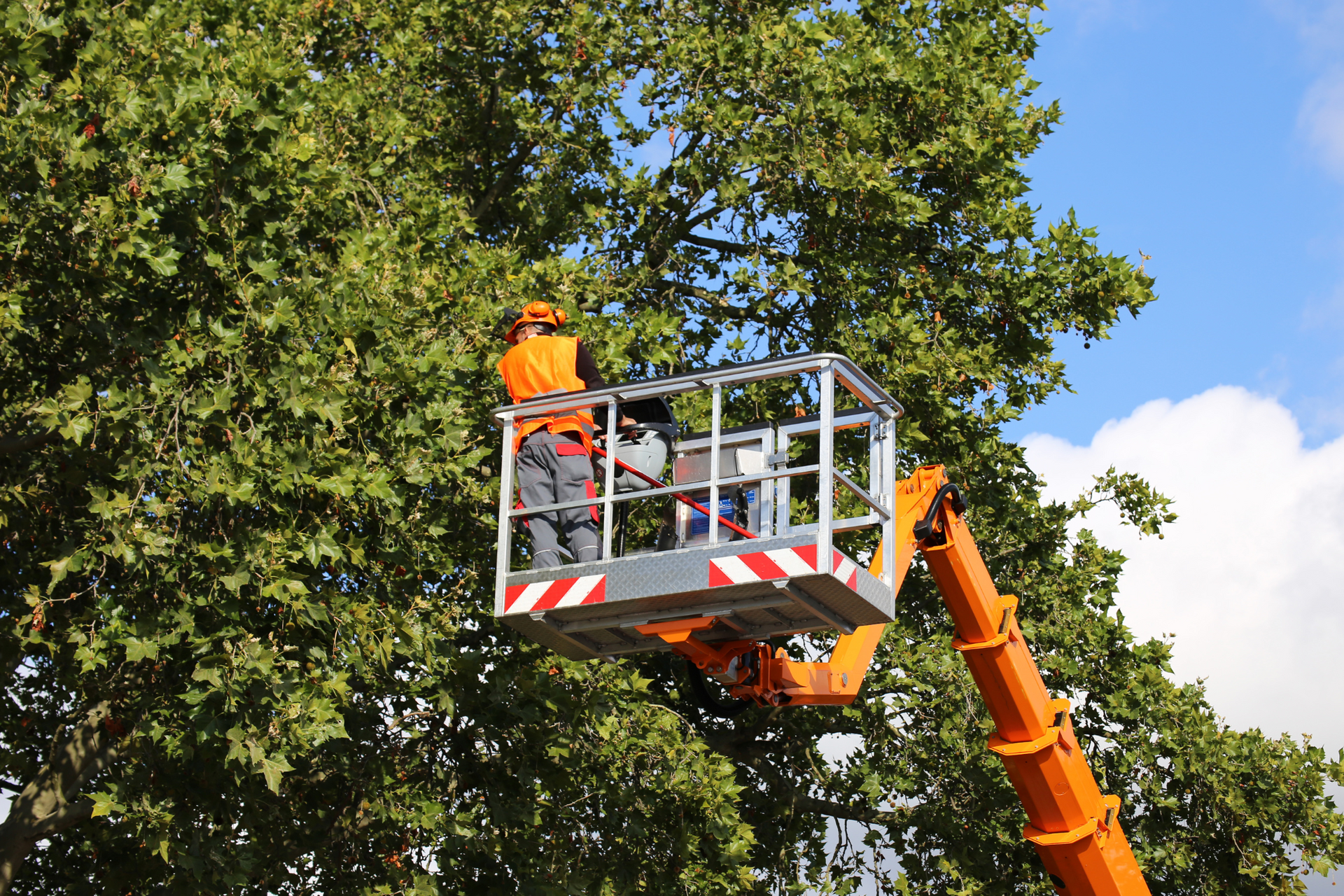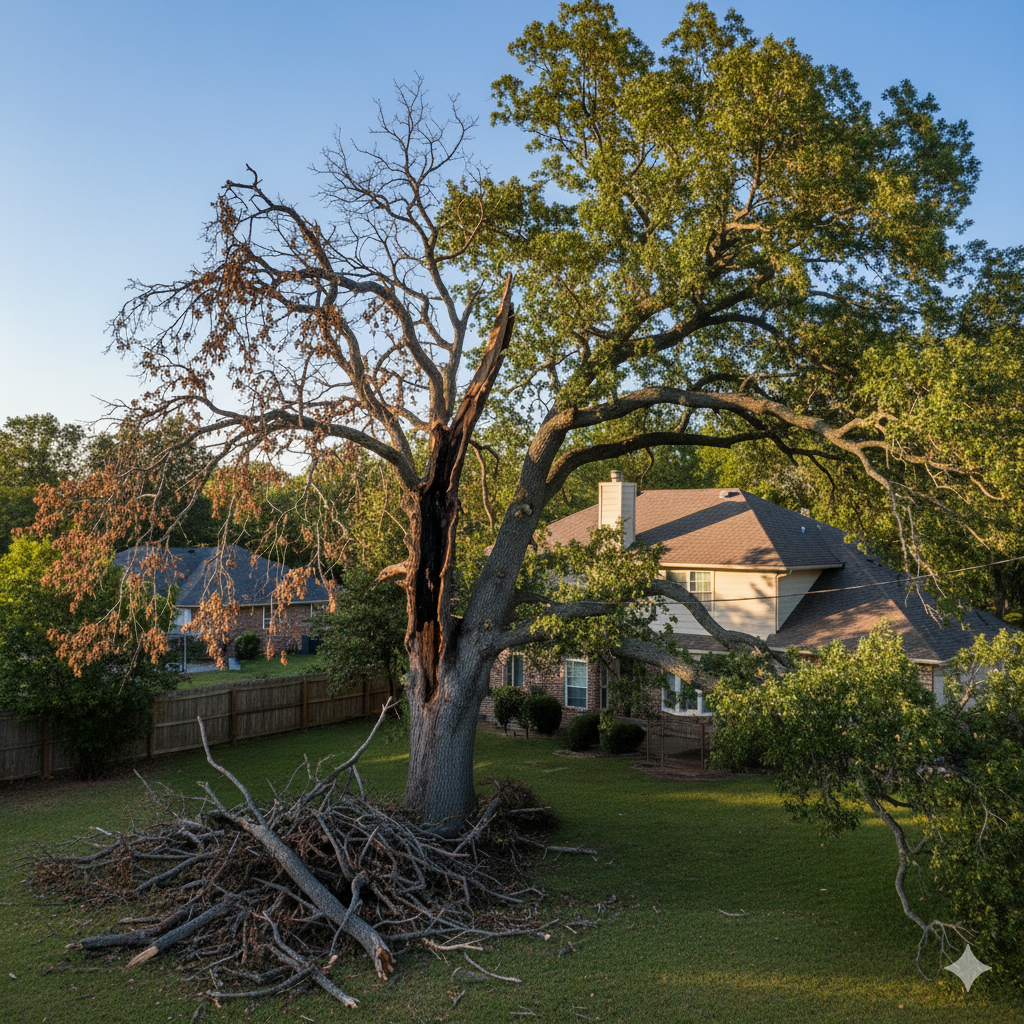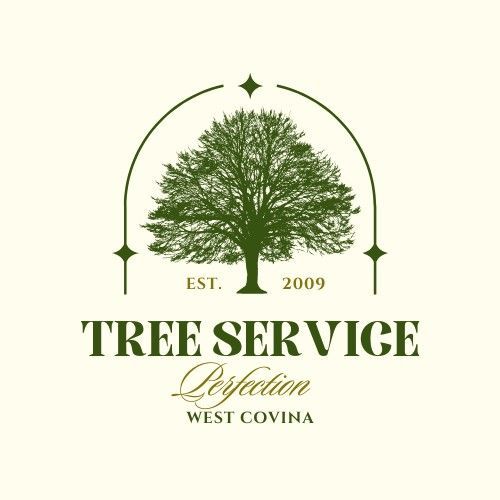Long-Term Landscape Care: The Ultimate Guide to Safe Tree Removal
Covina Tree Service is a trusted provider of professional tree care solutions in Covina, California, and the surrounding areas. Their team of certified arborists is dedicated to maintaining the health and aesthetics of your trees, ensuring safety and enhancing property value.
Top Three Services:
- Tree Trimming: Regular trimming is essential for the health and appearance of trees. Covina Tree Service's skilled arborists use advanced techniques to remove hazardous branches and promote robust growth.
- Tree Removal: When a tree poses a risk or is no longer desired, their experts perform safe and efficient removals, minimizing disruption to your landscape.
- Emergency Tree Removal: Available 24/7, this service addresses urgent tree-related hazards promptly, ensuring the safety of your property and loved ones.

Trees are beautiful additions to any landscape. They provide shade, improve air quality, and add value to your property. But sometimes, trees become unhealthy, dangerous, or simply don't fit your landscape plans anymore. When that happens, knowing how to safely remove them becomes crucial for maintaining a healthy, attractive yard.
In this complete guide, we'll walk through everything you need to know about tree removal safety and long-term landscape care. From spotting problem trees to hiring professionals and planning for the future of your outdoor space, we've got you covered.
Understanding the Importance of Proper Tree Maintenance
Before we dive into tree removal, let's talk about why tree care matters in the first place. Trees aren't just pretty additions to your yard – they play important roles in your landscape's health and your property's value.
How Trees Impact Your Property Value
Did you know that mature, healthy trees can boost your home's value by 5-20%? It's true! Potential buyers love properties with established trees that provide privacy and shade. A well-maintained landscape with healthy trees creates curb appeal that can help your home sell faster and for more money.
But damaged, diseased, or poorly placed trees can have the opposite effect. They might scare away buyers who see them as future expenses or safety hazards. That's why smart tree care decisions pay off in the long run.
Health and Safety Benefits of Well-Maintained Trees
Trees do more than look nice. They:
- Clean the air by absorbing pollutants
- Provide cooling shade that can lower energy bills
- Block wind and noise from roads
- Reduce stress and improve mental health
- Prevent soil erosion and improve water quality
Keeping your trees healthy through proper care helps maximize these benefits. But when a tree becomes unhealthy or unsafe, removal might be the best choice for your family's safety and your landscape's overall health.
When to Consider Tree Removal
Cutting down a tree isn't a decision to make lightly. Here are some situations when removal makes sense:
Signs of a Dying or Diseased Tree
Trees show distress in various ways. Keep an eye out for these warning signs:
- Large dead branches with no leaves during growing season
- Peeling bark or deep cracks in the trunk
- Fungal growth like mushrooms around the base
- Hollow areas in the trunk
- Leaf discoloration or early leaf drop
- Branches dying from the top down (called "crown dieback")
Not all sick trees need removal – some can be saved with proper treatment. But severe disease often means it's time to consider removal before the problem spreads to nearby plants.
Hazardous Tree Conditions to Watch For
Some tree issues create immediate safety concerns:
- Leaning trees (especially if leaning has started recently)
- Trees growing too close to power lines
- Roots lifting sidewalks or growing toward foundations
- Trees blocking visibility for drivers
- Trees with V-shaped branch unions, which are weaker than U-shaped unions
- Trees with more than 50% of the trunk damaged
If you spot these conditions, it's smart to have a professional assessment done quickly.
Storm Damage Assessment
After severe weather, check trees for:
- Split or broken major limbs
- Damaged tree tops
- Twisted trunks
- Fallen or uprooted trees
- Hanging limbs that could fall
Sometimes storm-damaged trees can recover with proper pruning, but severe damage often requires complete removal to prevent further property damage or injury.
Planning for Safe Tree Removal
Once you've decided a tree needs to go, proper planning makes the process safer and more efficient.
Professional Assessment vs. DIY Decisions
Honestly assess whether you can handle the job yourself. DIY removal might work for:
- Very small trees (under 15 feet tall)
- Trees away from structures, power lines, and traffic
- Trees you can safely fell in one direction
But consider professional help if:
- The tree is near buildings, roads, or power lines
- You need specialized equipment you don't own
- The tree is large (over 20 feet tall)
- There's internal rot or unstable sections
- You lack experience with chainsaw use and tree felling
Remember: saving money isn't worth risking your safety or property damage.
Permit Requirements and Local Regulations
Many areas have rules about tree removal, especially for:
- Heritage or landmark trees
- Trees above certain sizes
- Trees in protected areas
- Trees on property lines
- Street trees (between sidewalk and road)
Check with your city or county planning department before removing any substantial tree. Fines for unauthorized removal can be steep – sometimes thousands of dollars per tree!
Cost Considerations for Tree Removal
Tree removal costs vary widely based on:
- Tree size and height
- Location and accessibility
- Tree condition and complications
- Additional services (stump removal, wood disposal)
- Your location and local rates
While DIY might seem cheaper upfront, factor in equipment rental, safety gear, disposal fees, and the value of your time and safety. Often, professional services provide the best value considering the potential risks.
Essential Safety Equipment for Tree Removal
Whether you hire pros or do it yourself, proper safety gear is non-negotiable.
Personal Protective Gear
The minimum safety equipment includes:
- Hard hat or forestry helmet
- Safety glasses or face shield
- Hearing protection
- Heavy work gloves
- Cut-resistant chaps or pants
- Steel-toed boots with good ankle support
- High-visibility vest or jacket
Skipping safety gear puts you at risk for serious injuries. Even professionals with years of experience never work without proper protection.
Tools and Equipment Needed
Basic tree removal requires:
- Chainsaw with proper bar length for the tree size
- Fuel and bar oil
- Chainsaw maintenance tools
- Properly sized wedges
- Felling lever
- Rope and harness system (for climbers)
- Ladder (for access)
- First aid kit
For larger trees, you might also need:
- Wood chipper
- Stump grinder
- Truck for debris removal
- Bucket lift or cherry picker
Renting specialized equipment often makes more sense than buying it for a one-time job.
Step-by-Step Safe Tree Cutting Techniques
If you're proceeding with DIY removal, follow these steps carefully.
Proper Cutting Methods for Small Trees
For trees under 6 inches in diameter:
- Clear the area of people, pets, and obstacles
- Plan your escape route (45 degrees from the back of the fall line)
- Remove lower branches first
- Make a horizontal cut about 1/3 through the trunk on the fall side
- Make a downward angled cut to meet the first cut, creating a notch
- Make a third cut from the opposite side, slightly above the notch
- Step back as the tree begins to fall
- Cut the stump flush with the ground if desired
Take your time and don't rush the process. If anything feels unsafe, stop and reassess.
Large Tree Removal Safety Protocols
For larger trees, sectional dismantling is often safest:
- Remove branches from bottom to top
- Cut the trunk in manageable sections from top down
- Lower heavy sections with ropes rather than letting them fall
- Work methodically and take breaks to maintain focus
This technique requires more skill and equipment but prevents the dangers of felling large trees in one piece.
Remember: Never work above shoulder height with a chainsaw, work alone, or attempt removal in high winds or storms.
After the Removal: Stump Treatment Options
Once the tree is down, you'll need to decide what to do with the stump:
Grinding: The most common method uses a stump grinder to turn the stump into mulch. This leaves the root system in place but removes the visible portion.
Chemical removal: Applying chemicals to accelerate decomposition works but takes time (months to years).
Manual removal: Digging out the stump and major roots is labor-intensive but effective for complete removal.
Burning: Some areas allow burning stumps out, but check local fire regulations first.
Living with it: Some people turn stumps into features like planters, tables, or chainsaw art.
Each method has different costs, timeframes, and effort levels. Consider what works best for your landscape plans.
Sustainable Practices for Long-Term Landscape Care
Tree removal should be part of a bigger picture of landscape health.
Replanting Strategies After Tree Removal
Consider these factors when replanting:
- Choose native species that thrive in your climate
- Plant the right-sized tree for the space
- Keep new trees away from foundations, utility lines, and driveways
- Consider the tree's mature height and width
- Diversify species to prevent widespread disease or pest problems
The best time to plant new trees is during dormant seasons (fall or early spring) when they're under less stress.
Ongoing Tree Maintenance Tips
Prevent future removal needs with regular:
- Pruning to remove dead branches and shape growth
- Deep watering during dry periods
- Mulching to control weeds and retain moisture
- Soil testing and appropriate fertilization
- Regular inspections for pests and disease
Young trees need extra attention for the first few years, but even mature trees benefit from regular care.
When to Call the Professionals
Some tree work should always be left to experts.
Benefits of Hiring Certified Arborists
Certified arborists bring important advantages:
- Specialized knowledge about tree health and species
- Proper insurance coverage for accidents
- Professional-grade equipment
- Technical climbing and cutting skills
- Knowledge of local regulations
- Ability to handle complex or dangerous situations safely
For complicated removals, the peace of mind alone is worth the cost.
Questions to Ask Before Hiring Tree Services
Before signing a contract, ask:
- "Are you certified by the International Society of Arboriculture?"
- "Do you have liability insurance and workers' compensation?"
- "Will you provide a detailed written estimate?"
- "What specific techniques will you use?"
- "How will you protect my property from damage?"
- "Will you handle permits and utility notifications?"
- "What's your cleanup policy after removal?"
- "Can you provide references from similar jobs?"
Get at least three estimates for any major tree work, and don't automatically choose the lowest price.
Seasonal Tree Care Calendar
Different seasons require different tree care approaches:
Spring:
- Plant new trees early in the season
- Apply mulch around tree bases
- Look for spring pests emerging
- Prune spring-flowering trees after they bloom
Summer:
- Deep water during dry periods
- Monitor for insect activity
- Avoid major pruning which can stress trees
- Check for storm damage after summer storms
Fall:
- Plant new trees and shrubs
- Apply light fertilizer if needed
- Remove dead annuals and perennials
- Clean up fallen leaves to prevent disease
Winter:
- Prune dormant trees (excellent time for major pruning)
- Protect young trees from frost and animals
- Plan next year's tree care strategy
- Consider professional inspections
This schedule helps maintain tree health year-round and catch problems early.
Common Tree Removal Mistakes to Avoid
Learn from others' mistakes:
- Attempting to remove trees too close to power lines
- Using improper cutting techniques leading to property damage
- Failing to get necessary permits
- Not checking property lines before removal
- Skipping safety gear "just this once"
- Removing healthy trees unnecessarily
- Using dull or improperly maintained equipment
- Working alone on large trees
- Failing to have a clear drop zone and escape route
- Underestimating a tree's weight and reach
Each of these mistakes can lead to serious injury, property damage, or legal issues.
Conclusion: Creating a Healthier, Safer Landscape
Trees are valuable parts of our landscapes, but sometimes removal becomes necessary for safety and overall landscape health. By understanding when removal is needed, planning carefully, using proper techniques, and considering sustainable replanting options, you can maintain a beautiful, safe outdoor space for years to come.
Remember that tree care is an investment in your property's future. Whether you do the work yourself or hire professionals, taking time to make informed decisions about tree removal and landscape care pays off with increased property value, enhanced safety, and greater enjoyment of your outdoor areas.
